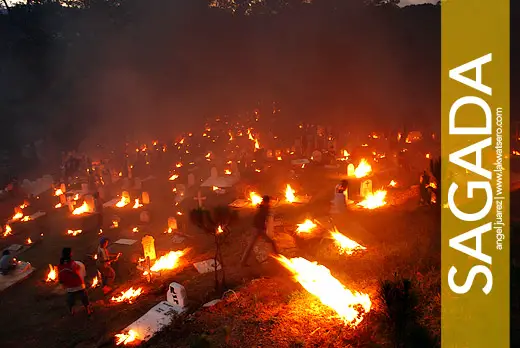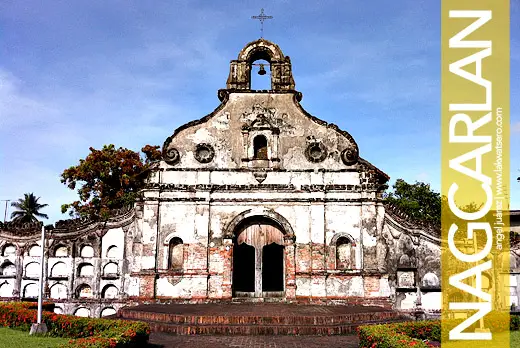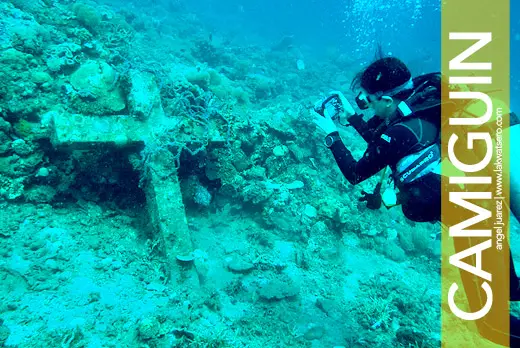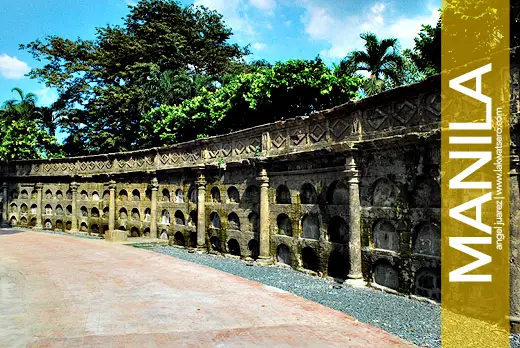One of the biggest holidays in the Philippines is All Saints Day. Like Christmas, Holy Week and New Year, the first day of November is widely celebrated across the archipelago. Expect exodus of people specially to the provinces during this holiday.
All Saints Day officially falls on the first day of November while All Souls Day is on the second. But it is Filipino’s tradition to visit their deceased during All Saints Day because Filipinos treat their departed loved ones as saints. During this day, all cemeteries in the country are filled with people – alive and otherwise.
But not all cemeteries are created equal. There are very few that exude different vibes, practice unique tradition or give us a history lesson. Beautiful cemeteries in their own ways that become more of a sight than a graveyard. Here are some.

Calvary Hill Cemetery of Sagada
Before sunset of the first day of November, Sagadians gather at the Calvary Hill Cemetery to remember their departed loved ones. But instead of lighting traditional candles, they use flamable woods of old pine trees locally called “saeng“ to create bonfires on the graves of their departed. They call the practice “panag-apoy”, a tradition long been practiced in Sagada, Mountain Province.
The tradition starts with an afternoon mass and the blessing of “saeng”. Afterwards, the locals proceed to the nearby cemetery to pray and light their “saeng”, while the priest walks around to bless the graves. While it is a serious important occasion to the locals, for me it was a sight to behold as I stood up the Calvary Hill’s highest ground to witness the thick fumes enveloped the ground, as if the entire village was burning.

Nagcarlan Underground Cemetery of Laguna
Dubbed as the only underground cemetery in the Philippines, the cemetery of Nagcarlan was built in 1845 as a public resting place for the town people with the underground chamber below the chapel exclusively for Spanish friars, prominent citizens of the town and members of elite Catholic families.
The cemetery is said to be inspired by Baroque architecture. It is circular in shape surrounded by octagonal stone walls made of red tiles with iron-wrought grills. Interment is stopped in 1982 when it was declared as National Historical Landmark. A visit to Nagcarlan Underground Cemetery today will take us back to the old times… like a walk back in the 1800’s and a lesson in history. A truly fascinating experience!

Sunken Cemetery of Camiguin
The Old Cemetery of Bonbon in the island province of Camiguin sunk when Mt. Vulcan Daan erupted in 1870’s. Now known as Sunken Cemetery, a concrete cross marker was erected in early 1980’s to commemorate the site of the old cemetery and in memory of the thousands of lives lost during that cataclysmic eruption.
One needs to dive underwater to see the Sunken Cemetery, but do not expect to see tombs or cadavers because corals and marine life already outgrown the site. The trace of the old cemetery is already gone except for the original cross markers planted in the site to remind today’s generation that it was a graveyard once upon a time.

Paco Park and Cemetery of Manila
This small and old circular cemetery in the heart of the City of Manila used to be a municipal cemetery for Spanish aristocrats of the old walled city of Intramuros. Situated in the western boundary of the district of Paco (San Fernando de Dilao district during the Spanish era) and in the eastern end of Padre Faura Street, Paco Park and Cemetery was completed and opened to public in 1822 as a burial ground for victims of Asiatic cholera pandemic that swept across the continent in 1817 to 1824. It later became a resting place of the Spanish high society in late 1800’s.
Paco Park and Cemetery is an urban oasis amid the busy district of Manila. Its gate seems to be a portal to a different dimension that will transport us back to yesteryear. Its beautiful landscape and garden radiate romantic ambiance that will make you forget that you are actually surrounded by tombs.